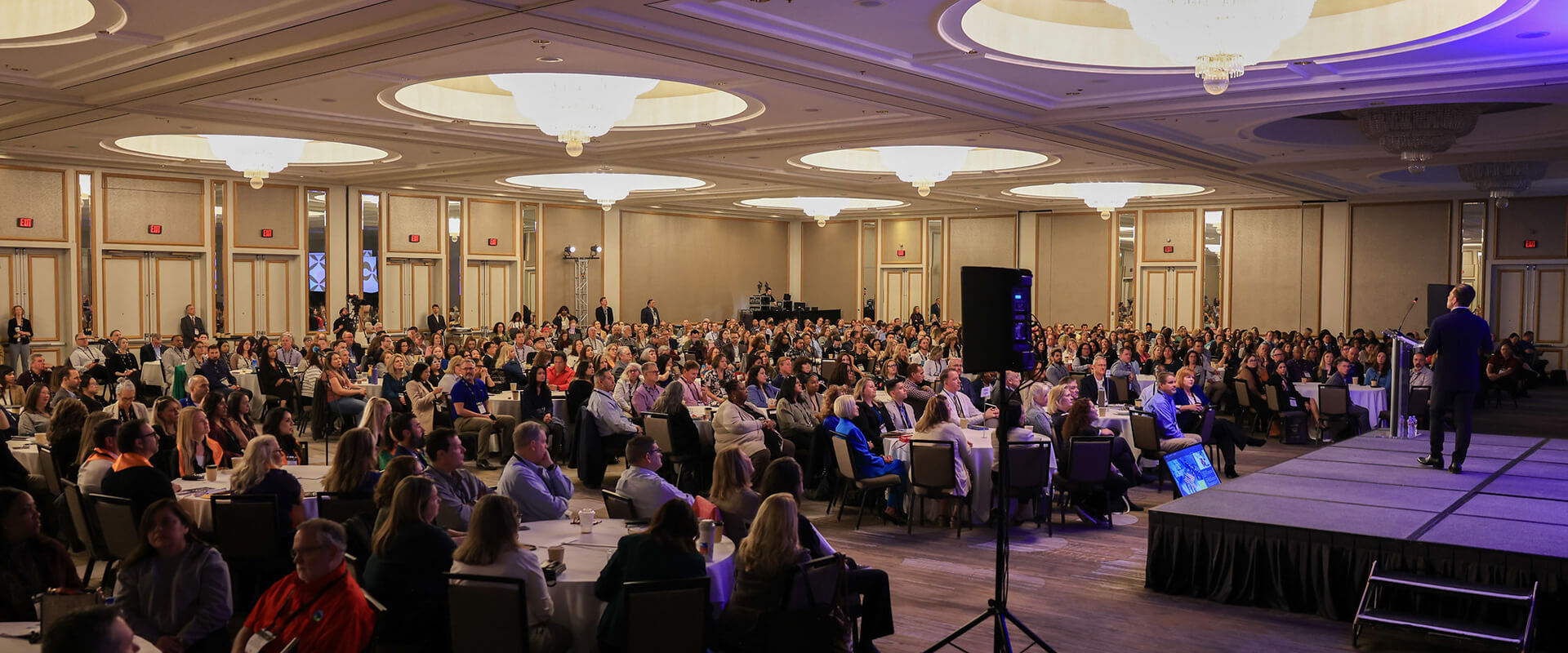(TNS) — Wikiup resident Susan Sloan was prepared in 2017 when fires broke out on a Sunday night in October across Sonoma County.
She was among several thousand residents who had signed up for official emergency notifications through the county’s opt-in warning program, SoCo Alert. She had a landline telephone to receive the automated call alerting her to a fire just before midnight Oct. 8. Then the power went out.
“You could see the glow from behind the hills,” Sloan recalled. “My neighbors had come out onto their deck. They said it was just a warning, ‘Everything is fine.’?”
No, everything is not fine, Sloan recalls telling them.
“It’s time to go, get your stuff and get out, the phone lines are down,” Sloan said.
In many ways, that moment still represents the best-case scenario when it comes to warning people about fires, floods or other urgent public matters. Sloan got the message, she observed the threat, shared it with others and she got out of harm’s way. Since the fires, she’s taken her preparedness a step further by bringing together local firefighters and residents to help the neighborhood be ready for the next disaster.
The technology available to warn people about life-threatening hazards hasn’t changed since 2017. And it’s a startlingly imperfect system.











